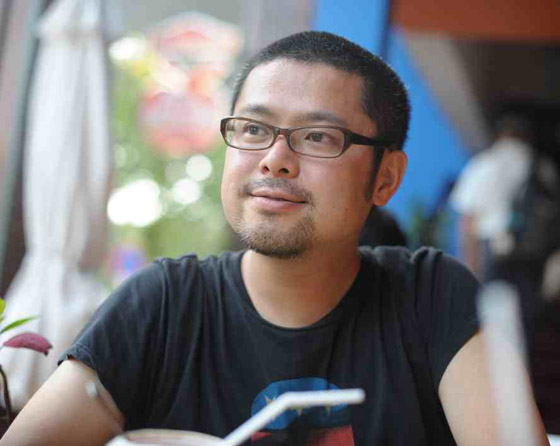The Decade in Review | Tony Rayns
Seven hundred words aren’t many to fillet the best from a decade, especially when you’d like to use some of them to discuss how archival DVD releases are helping to demolish the institution of film criticism. Maybe we can get to that topic in a future issue, but for now—best crack on.
In September 2004 I curated a program of three shorts for the Vancouver International Film Festival’s Dragons & Tigers series, comprising Hirabayashi Isamu’s Textism, Kim Gok and Kim Sun’s Light and Class, and Chen Jieren’s Lingchi: Echoes of a Historical Photograph. I gave the program the overall title Deaths and Transfigurations, less to invoke Richard Strauss than to suggest that all three films share an interest in redefining mortality. For example, Chen’s indelible film (originally intended for a gallery installation but screened conventionally in Vancouver) dramatizes a public execution in Qing Dynasty China in which the naked victim is first smeared with anaesthetizing opium tincture and then slowly hacked to death, apparently experiencing something akin to ecstasy. The photograph of the original event provoked an essay by Georges Bataille, and has lately been taken up and falsified in the repellent 2008 horror movie Martyrs—a Franco-Canadian co-production which is, incidentally, a flea on the mercifully thick hide of Pasolini’s Salò (1975) and one of the more contemptible recent examples of French intellectual posturing.
I’d be happy to pick any of the three great films in the Deaths and Transfigurations program as a “Best of the Decade” but I’ve opted for Hirabayashi’s Textism, bearing in mind that whatever’s left of the 700 words could easily go to describing it in all its complex intensity, never mind getting to grips with what it does or how it does it. The film comprises three chapters, titled Text 01, Text 02, and Text 03. In all three, the texts in question appear as bilingual captions (Japanese and English) over the images and are also heard on the soundtrack, spoken (in English) in three different “voices” created by a computer speech-simulation program of the kind used by the blind. The first sounds a bit like Stephen Hawking’s speech-synthesizer; none of them sounds at all like Kubrick’s HAL, although the notion of a machine having an identity is germane.
The three texts are radically different from each other. The first is a ruminative confession from an elderly academic; these turn out to be his last words. The second is a piece of corporate flam from a sinister property developer, the Okuma Group, congratulating a purchaser on investing in an as-yet-unbuilt apartment in an unusual tower-block to be called Sky Bear Shinkiba. The third is a voice from the grave: a first-person report on what survives in the period of limbo between physical death and cremation. I can’t describe the images that accompany these texts without spoiling the film’s element of surprise, but I can say that the texts come from the conceptual space marked out by Hollis Frampton in the (nostalgia) (1971) voiceovers and Alfred Leslie in his use of texts by the late Frank O’Hara in Birth of a Nation 1965 (2008) and many other films. I doubt, though, that Hirabayashi is aware of any precedents in what P. Adams Sitney used to call the New American Cinema, and anyway both his texts and the way he deploys them (sometimes drifting slightly out of sync with the spoken versions, to curiously poignant effect) are heroically original, not to say unique in their dry wit.
I can’t claim that Hirabayashi reinvents film language in the way that Liu Jiayin did in Oxhide (2005), but what he achieves in 11 minutes is absolutely comparable with what Borges did with the short-fiction form. The film’s concision and its seemingly limitless poetic allusiveness match an encyclopaedic range of reference, a Joycean ability to inhabit different voices and a philosophical ear for the interconnectedness of the sacred and the profane. All this, plus the gutsiness of a Sam Fuller movie. Of course it’s the best of the decade, no contest.
Textism is released on the Japanese DVD openArt short film selection #2: Heart on the Epic Records label, serial number ESBW1825. The disc also contains Andrea Arnold’s Wasp and five other films.
Tony Rayns was awarded the Foreign Ministry of Japan’s Commendation in 2008 for services to Japanese cinema.
Tony Rayns


